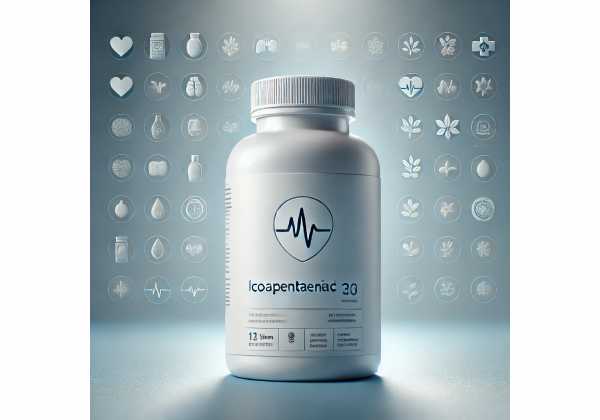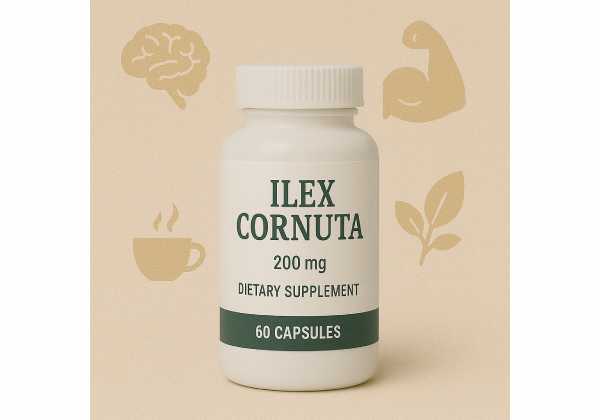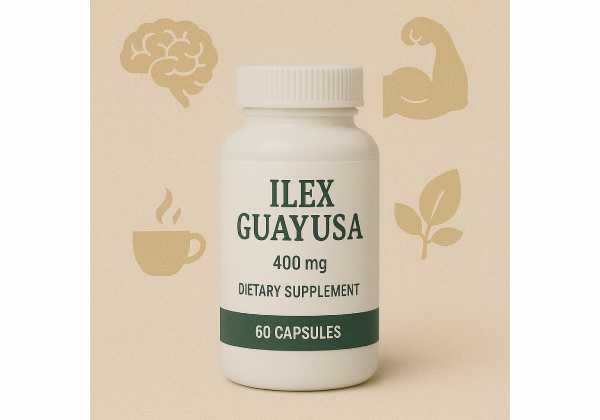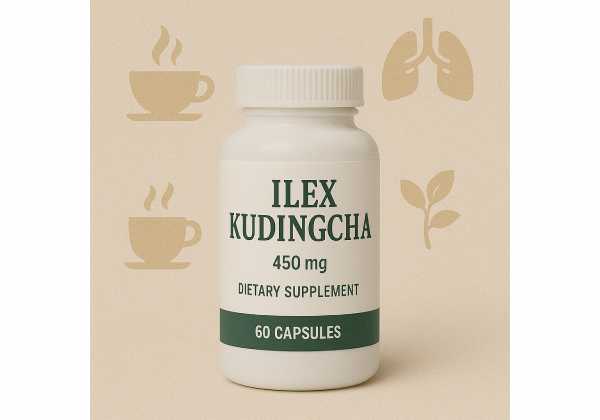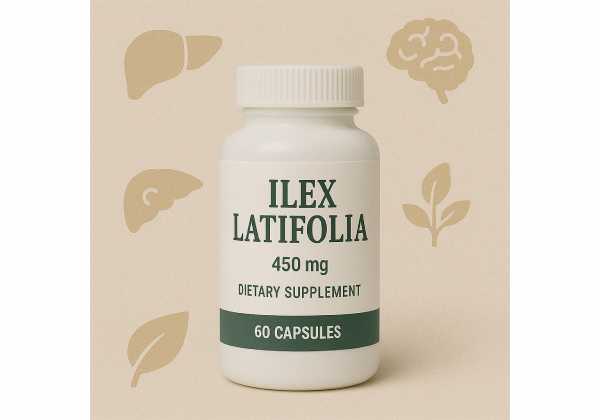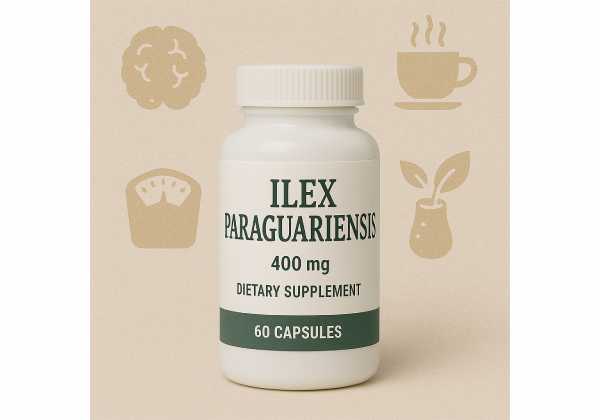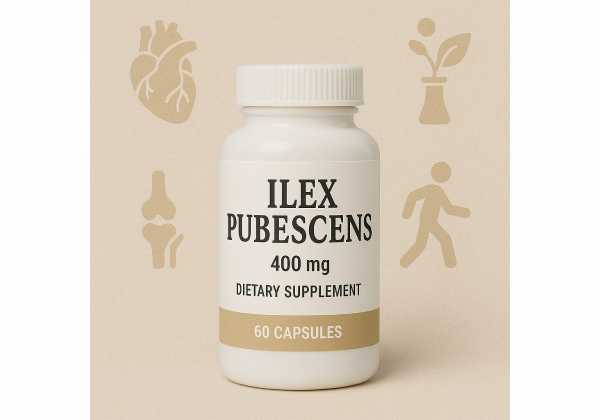Icosapent ethyl: Purified EPA Versus Fish Oil, Indications, Dosage, and Safety Profile
Icosapent ethyl is a prescription, highly purified form of the omega-3 fatty acid eicosapentaenoic acid (EPA). It is used to lower high triglycerides and—importantly—to reduce cardiovascular event risk in select adults who are already on statins but still have persistently elevated triglycerides. Unlike general “fish oil” mixes that combine EPA and DHA, icosapent ethyl delivers EPA alone at a...
Icosapentaenoic acid: Triglyceride Lowering, Cardiovascular Outcomes, Dosing, and Risks
Icosapentaenoic acid (EPA) is a long-chain omega-3 fatty acid best known for heart health. In food, it is found in marine sources like salmon, sardines, and mackerel. In medicine, highly purified EPA (as icosapent ethyl) is prescribed to lower triglycerides and, in select high-risk patients, to help reduce cardiovascular events alongside statin therapy. Unlike mixed “fish oil” products that...
Idarubicin: Clinical Uses, Recommended Dose, Monitoring, and Cardiotoxicity
Idarubicin is an anthracycline chemotherapy medicine used primarily to induce remission in acute myeloid leukemia (AML). It is related to doxorubicin and daunorubicin but is more lipophilic, enters cells efficiently, and is converted to a long-lived metabolite (idarubicinol) that extends its activity. In standard care, idarubicin is combined with cytarabine in the “7+3” regimen for newly diagnosed AML and...
Idebenone: Evidence-Based Benefits, Properties, Proper Use, and Risk Profile
Idebenone is a synthetic analog of coenzyme Q10 designed to support mitochondria—the tiny “power plants” inside cells. Unlike coenzyme Q10, idebenone has a shorter side chain and different redox behavior, allowing it to work even when complex I of the respiratory chain is impaired. That makes it particularly relevant in conditions where retinal ganglion cells or neurons struggle to...
Idelalisib: Uses, Mechanism, Clinical Benefits, Dosing, and Safety Monitoring
Idelalisib is an oral targeted therapy used for certain slow-growing B-cell cancers. It inhibits PI3K-delta, a signaling enzyme that helps malignant B cells survive, multiply, and migrate. When the pathway is blocked, cancer cells lose growth signals, become more sensitive to antibody therapies, and may undergo cell death. Clinically, idelalisib has been used in relapsed or refractory chronic lymphocytic...
Idesia polycarpa extract: Evidence-Based Benefits, Forms, Suggested Dosage, and Risks
Idesia polycarpa is a deciduous tree native to East Asia whose vividly colored fruits yield an oil and extract rich in unsaturated fatty acids and plant polyphenols. In recent years, researchers have taken a closer look at this lesser-known species as a potential functional ingredient: the seed (or pulp) oil contains linoleic-dominant triacylglycerols, tocopherols, and phytosterols, while fruit and...
Idursulfase: Clinical Benefits, How It Works, Dosing, and Safety Explained
Idursulfase is an enzyme replacement therapy (ERT) for Hunter syndrome (mucopolysaccharidosis type II, MPS II). In people with MPS II, the enzyme iduronate-2-sulfatase is missing or deficient, leading to buildup of glycosaminoglycans (GAGs) that harm organs over time. Idursulfase supplies a lab-made form of that enzyme to help clear GAGs from cells. For many patients, regular infusions can shrink...
Ifosfamide: Cancer Treatment Benefits, How It Works, Dosing Schedules, and Safety
Ifosfamide is a prescription chemotherapy medicine used to treat several solid tumors and lymphomas. It belongs to the oxazaphosphorine class of alkylating agents and must be activated in the liver to work. In modern oncology, ifosfamide is rarely given alone; it is combined with other anticancer drugs and always paired with a uroprotectant (mesna) and aggressive hydration to protect...
Ilex aquifolium: Antioxidant Properties, Practical Uses, Dosage Advice, and Safety Risks
Ilex aquifolium—better known as European holly—is an evergreen shrub with glossy, spined leaves and bright red berries. Beyond its iconic winter look, the plant’s leaves contain polyphenols (notably chlorogenic acids), triterpenoid saponins, and other constituents that show antioxidant, antimicrobial, and anti-inflammatory activity in laboratory models. Unlike its caffeinated cousins (yerba mate, guayusa, yaupon), European holly is not consumed as...
Ilex cornuta: Evidence-Based Benefits, How to Use the Leaf, Recommended Dosage, and Side Effects
Ilex cornuta—better known as Chinese holly—is an evergreen shrub prized for glossy leaves and bright red berries. In traditional Chinese medicine (TCM), the dried leaves (often labeled as Ilicis Cornutae Folium) are used for “heat-clearing” formulas, and modern lab research explores antioxidant, anti-inflammatory, and liver-protective effects. At the same time, the vivid fruits are not food: holly berries contain...
Ilex guayusa: Energy, Antioxidants, Uses, Dosage Guidelines, and Safety Tips
Ilex guayusa (pronounced “gwhy-OO-sah”) is an Amazonian holly traditionally brewed as a bright, earthy tea. It naturally contains caffeine along with chlorogenic acids, quercetin derivatives, and other polyphenols that contribute antioxidant activity. Many people use guayusa as a gentler, steady energy source for morning focus, pre-work sessions, or long workdays. Early research suggests guayusa extracts may sharpen reaction time...
Ilex kudingcha: Cholesterol Support, Brewing Methods, Optimal Dosage, and Side Effects
Kudingcha made from Ilex kudingcha (a broad-leaf holly) is a boldly bitter, caffeine-light tea used in parts of China for everyday wellness. The leaves contain triterpenoid saponins (kudinosides), chlorogenic acids, and flavonoids that have been studied for effects on blood lipids, weight control, inflammation, and liver and gut resilience. Human trials on “kuding tea” suggest small but meaningful improvements...
Ilex latifolia: Cholesterol and Weight Support, Brewing Guide, Recommended Dosage, and Side Effects
Ilex latifolia—often sold as “large-leaf kuding tea”—is a bitter, caffeine-light holly used as a daily wellness beverage across parts of East Asia. Its leaves are rich in triterpenoid saponins, phenolic acids (such as chlorogenic acids), and flavonoids that have been studied for effects on blood lipids, weight management, oxidative stress, and liver and gut health. Early human trials on...
Ilex paraguariensis: Cardiometabolic Benefits, Evidence, Daily Use, Dosage, and Side Effects
Yerba mate (Ilex paraguariensis) is the backbone of a social ritual across Argentina, Paraguay, Uruguay, and southern Brazil—yet its appeal now extends far beyond the traditional gourd. Brewed as an infusion or used as a standardized extract, yerba mate combines naturally occurring caffeine with chlorogenic acids (CGAs), saponins, and other polyphenols. Together, these compounds can promote alertness, support metabolic...
Ilex pubescens: Cardiovascular Benefits, Evidence-Based Uses, Dosage Guidelines, and Safety Considerations
Ilex pubescens—often called Mao Dong Qing or pubescent holly—is a traditional East Asian medicinal plant used for circulatory and cerebrovascular concerns. Modern lab and animal data suggest anti-inflammatory, vasodilatory, antiplrombotic, and endothelial-protective actions driven by triterpene saponins and flavonoids. Formulas containing Ilex pubescens are being evaluated for heart failure and microvascular support, and purified extracts show neuroprotective effects in...
Ilex vomitoria: Yaupon Tea Benefits, Preparation Methods, Daily Dosage, and Side Effects
Ilex vomitoria—better known as yaupon holly—is the only caffeine-bearing plant native to North America that’s still commonly brewed as tea. Traditionally prepared as the “black drink” across the Southeastern United States, its young leaves and twigs are rich in xanthines (notably caffeine) and polyphenols that behave as antioxidants. Modern interest centers on yaupon’s clean, tea-like stimulation, potential mood and...


